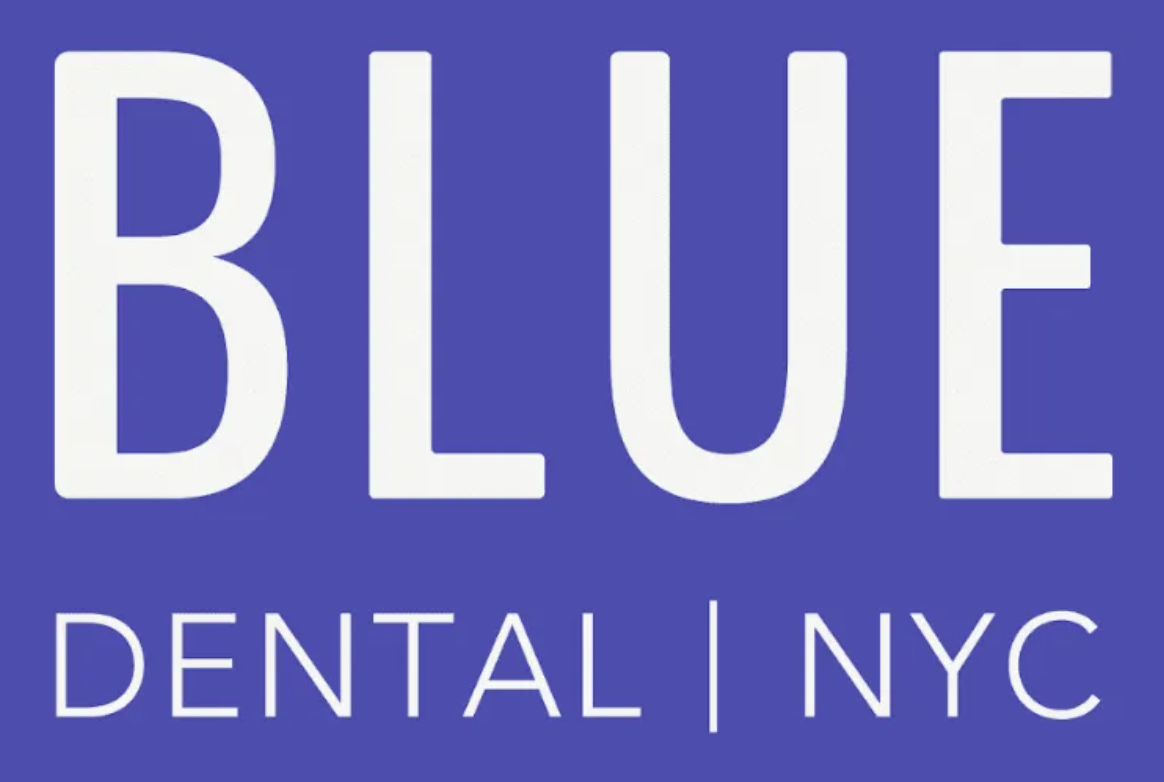Tooth Extractions with Dr. Daniel Min — Upper East Side Prosthodontist Serving All Manhattan and New York City
Why Choose Dr. Min for Tooth Extractions
Columbia-trained prosthodontist with advanced training in diagnosis, surgery planning, and restorative outcomes.
Award-winning precision and military-honed discipline—expect calm, step-by-step care and clear instructions.
Restoration-first mindset: every extraction is planned with your future tooth replacement (implant, bridge, or denture) in mind.
Team-based coordination with trusted oral surgeons for impacted wisdom teeth or complex cases.
When Tooth Extraction Is Recommended
Severe decay or fracture that cannot be predictably restored.
Advanced periodontal (gum) disease with mobility or bone loss.
Symptomatic wisdom teeth (impacted, infected, or damaging neighbors).
Cracked roots, failed root canals, or split teeth.
Orthodontic space management in select cases.
Types of Extractions We Provide
Simple extractions for erupted teeth with adequate support.
Surgical extractions for broken, brittle, or partially erupted teeth.
Wisdom tooth evaluation and referrals for complex impactions.
Infection control and drainage when swelling is present.
Socket preservation grafting when future implant/bridge is planned.
The Process at a Glance
Consultation & Diagnostics
Digital X-rays/CBCT (when indicated), bite and medical review, and discussion of replacement options.
Comfort & Anesthesia
Profound local anesthesia; nitrous oxide and oral sedation options available when appropriate.
Atraumatic Removal
Gentle tissue handling and sectioning techniques to protect surrounding bone and gums.
Socket Preservation (When Indicated)
Bone graft and collagen membrane to maintain ridge shape for future implant placement.
Provisional Solutions
Essix retainer/temporary flipper or immediate provisional (case dependent) so you aren’t left with a visible gap.
Follow-Up & Planning
Post-op check, suture removal if needed, and timeline for implant or definitive restoration.
Technology & Materials That Matter
Low-dose digital radiography and CBCT for roots, nerves, and sinus mapping.
Periotomes and microsurgical instruments for tissue preservation.
Biocompatible graft materials and resorbable membranes for predictable healing.
Digital scans for comfortable temporaries and future restorations.
Comfort & Sedation Options
Local anesthesia for a numb, comfortable procedure.
Nitrous oxide (laughing gas) for relaxation and quick recovery.
Oral sedation for anxious patients with an escort—pre-screening required.
Evidence-based pain control plan and detailed aftercare kit.
Aftercare & Recovery
Bite on gauze for 30–45 minutes; a small amount of oozing is normal the first day.
Use cold compresses 10 minutes on/off for the first 24 hours to reduce swelling.
Soft foods (cool soups, yogurt, eggs, smoothies—no straws) for 24–48 hours; advance as comfortable.
No smoking or vaping; avoid vigorous rinsing, spitting, or heavy exercise for 48–72 hours.
Begin gentle rinses with warm salt water after 24 hours; brush other areas normally and avoid the socket.
Take medications exactly as prescribed; keep your follow-up appointment.
Risks & How We Minimize Them
Dry socket (dislodged clot) → minimized by careful instructions and protective dressings when needed.
Infection → managed with irrigation, antibiotics when indicated, and close follow-up.
Sinus exposure (upper molars) → handled with sinus precautions and membrane closure when necessary.
Nerve irritation (lower molars) → pre-op imaging and conservative technique reduce risk.
Excess bleeding → thorough medical review and local hemostatic measures.
Replacing the Missing Tooth
Single-tooth implant with custom abutment and crown for a natural, easy-to-clean solution.
Fixed bridge when an implant isn’t desired or indicated.
Partial denture as a budget-friendly or temporary option.
Immediate implant may be possible in select cases; otherwise typical healing is 8–12 weeks before placement.
Cost, Insurance & Transparency
Clear, itemized estimates before any treatment.
Most PPO plans provide benefits for extractions and grafting when medically necessary—our team verifies and files claims.
Phased, budget-friendly plans available when combining grafting, implants, and final crowns.
Frequently Asked Questions
Will the extraction hurt?
You’ll be thoroughly numb. Most patients feel pressure, not pain; OTC medications usually handle post-op soreness.
How long does healing take?
Soft tissue closes in 1–2 weeks; bone remodels over 8–12 weeks (longer if a sinus lift or complex graft was done).
Can I go back to work the next day?
Often yes for simple extractions; plan 1–2 days of easy activity. Surgical/wisdom cases may need more downtime.
What can I eat?
Start soft and cool (yogurt, eggs, mashed potatoes, smoothies—no straws). Advance as comfortable after 24–48 hours.
How do I prevent dry socket?
Don’t smoke or use straws, avoid vigorous rinsing/spitting, and follow your written aftercare precisely.
About Dr. Daniel Min
BA, University of Texas at Austin
DDS, University of Texas (American Esthetic Dental Association award; “Student of the Year” in clinical performance)
MS in Prosthodontics, Columbia University; former part-time clinical professor
U.S. Army veteran; current Army Reserve officer
Member: Academy of Prosthodontics; International Congress of Oral Implantologists
Service Area
Conveniently located on the Upper East Side and serving patients across Manhattan and the greater New York City area.
Call to Action
Tooth pain, swelling, or a tooth that can’t be saved? Book a
tooth extraction evaluation with Dr. Daniel Min for gentle removal, clear aftercare, and a plan to replace the tooth with a strong, natural-looking result.
